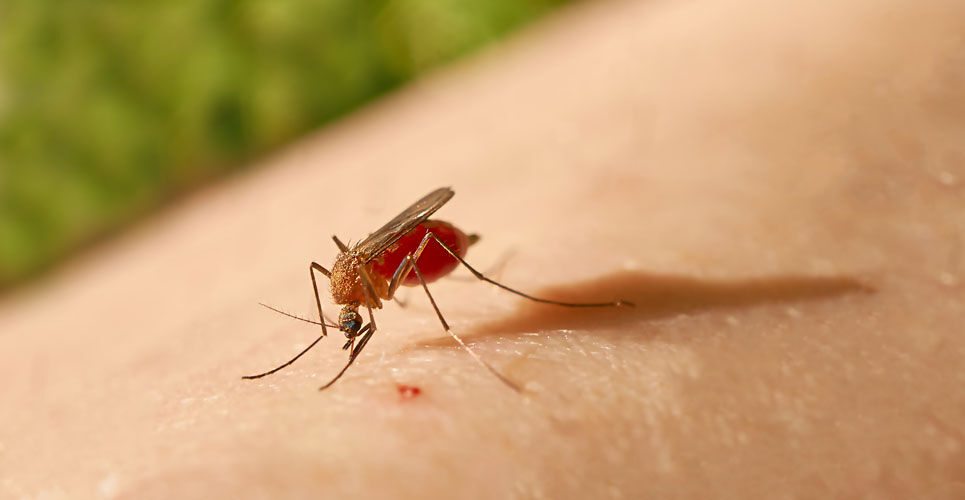A malarial monoclonal antibody has been found to provide a high level of protection in patients after a controlled infection
A malarial monoclonal antibody offers a high degree of protection against controlled infection in all but 2 patients according to the results of a Phase I clinical trial by a US research team.
Malaria is an acute, febrile illness caused by the unicellular protozoan parasite, Plasmodium falciparum (P. falciparum) and which is spread through the bites of infected female Anopheles mosquitoes. The World Health Organization has estimated that in 2020 there were 241 million cases of malaria, leading to an estimated 627,000 deaths. With a huge efforts directed towards the development of a vaccine, the available data suggests that RTS,S/AS01, the candidate malaria vaccine, has an efficacy of only 36.6%. Some research has shown how it is possible for antibodies to prevent malaria by neutralising sporozoites (i.e., the infectious form of Plasmodium deposited into the skin when a mosquito bites) before they infect hepatocytes in the liver A recognised antibody target is the P. falciparum circumsporozoite protein, that is required for parasite motility and invasion of hepatocytes and in a 2021 study, it was shown that a malarial monoclonal antibody, CIS43LS, which targets this protein, prevented malaria after controlled infection. For the current Phase I trial, researchers examined a modified version of the CIS43LS monoclonal antibody, L9LS, and described its safety, pharmacokinetics and protective efficacy in health adults who had never been infected with malaria or received a vaccine.
Study participants received either intravenous LSL9 at doses of 1, 5 and 20mg/kg or a subcutaneous dose of 5mg/kg, whereas some did not receive the monoclonal antibody and served as controls. Within 2 to 6 weeks after administration of LSL9, participants were exposed to bites on the forearm from an Anopheles stephensi mosquito that had been infected with P. falciparum. Parasitaemia (i.e., the detection of parasites in the blood) was assessed after 21 days using a PCR test and for the purposes of the study, participants were considered to be protected by LSL9, if parasitaemia did not develop at this point in time. In cases where parasitaemia did occur, individuals were treated with 1gm atovaquone and 400mg proguanil for 3 days
Malarial monoclonal antibody and parasitaemia

A total of 27 participants were enrolled with a mean age of 24.5 years (50.3% female), 18 of whom received L9LS (and 9 serving as controls) with 5 receiving the drug subcutaneously. Controlled infection was administered to 23 participants (17 given L9LS and 6 controls).
The results showed the L9LS had dose linearity with the highest mean serum concentration of 914.2mcg/ml from the 20mg/kg intravenous dose and the estimated overall clearance was 46.1ml/day with a half-life of 56 days.
Parasitaemia developed in 2 of the 17 participants given L9LS and all 6 controls (p < 0.001) and did not develop in those given 5 or 20mg of intravenous L9LS. Interestingly, protection was afforded by serum concentrations of L9LS as low as 9.2mcg/ml.
The authors concluded that these results indicated that prevention of malaria could be achieved after a single dose of L9LS and that further studies were needed to examine the value of the drug among infants and children.
Citation
Wu RL et al. Low-Dose Subcutaneous or Intravenous Monoclonal Antibody to Prevent Malaria N Engl J Med 2022

